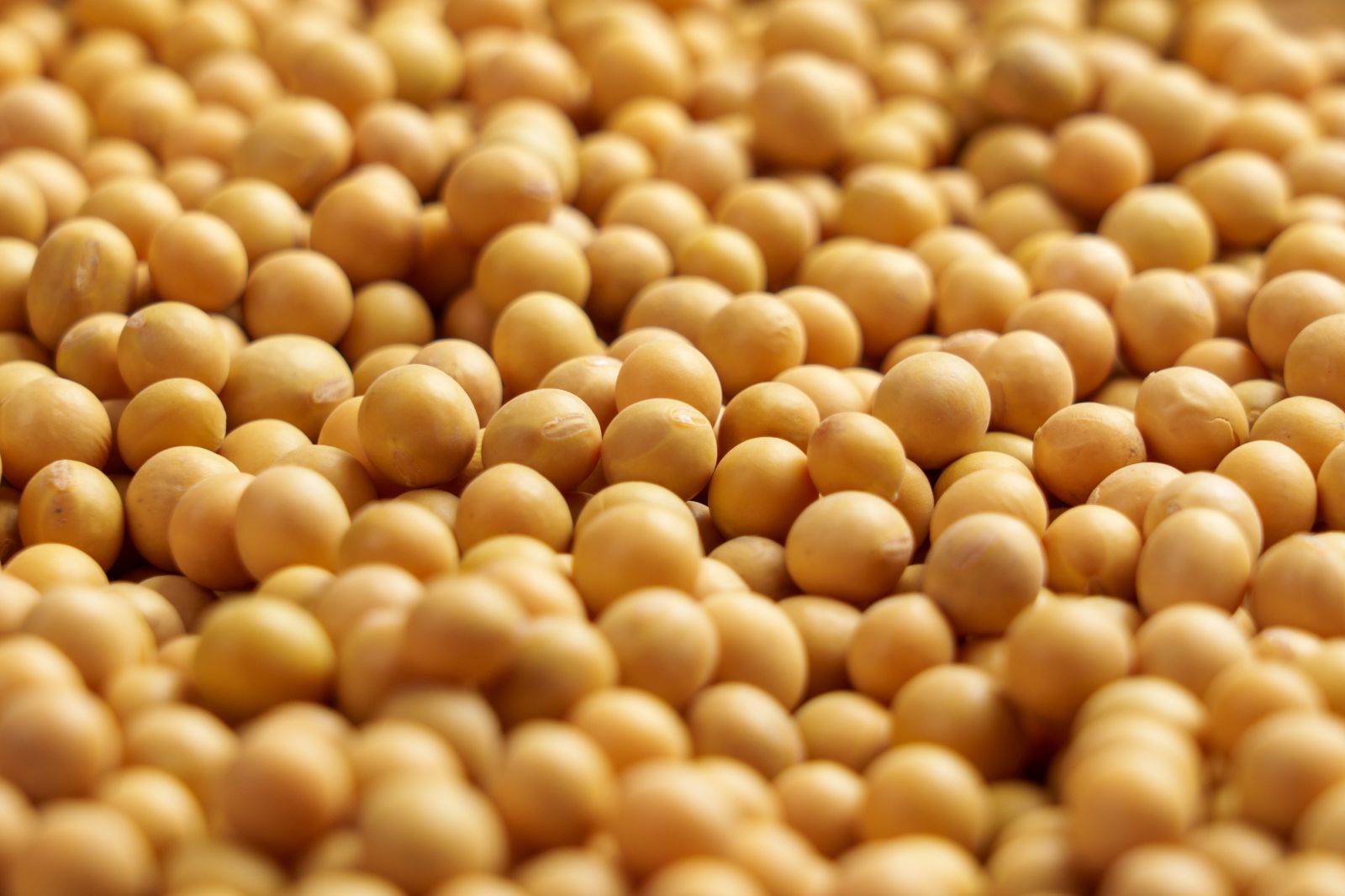
Soybeans (ZSX25), a key component of animal and human food products, have emerged at the center of the U.S.-China trade war, uniting farmers, commodity futures traders, and even hobbyist market watchers in fresh panic.
Essentially, a perfect storm is brewing for soybeans, which are the second-largest crop in the U.S., making them of key importance to farmers. Weather conditions in 2025 have set the stage for record crop outputs, but the demand side of the equation is falling worse-than-flat.
That’s because China is typically responsible for around half of all U.S. soybean exports. But this year, China hasn’t bought any U.S. soybeans.
This decision, painful for farmers and worrisome for futures traders, stems from tariffs that President Donald Trump levied on major trading partners like China earlier in the year. In response, China levied its own 20% retaliatory tariffs on U.S. goods, which, combined with other import fees, have placed the overall duty rate on U.S. soybeans at 34%. Trade relations remain icy in the absence of a U.S.-China trade deal, and China isn’t willing to pay up for U.S. soybeans in the meantime.
And it’s not that China is simply going without. Making matters worse is the fact that China appears all too willing to source soybeans from South American countries like Argentina and Brazil, and that those countries have rapidly growing soybean infrastructure. Recent reports that China purchased the “majority” of 40 soybean cargoes from Argentina created fresh fear for farmers and traders.
With many pointing their fingers at the trade situation, and the American Soybean Association advocating for a U.S.-China trade deal, Trump says soybeans will be a “major topic of discussion” at an upcoming meeting he will attend with Chinese President Xi Jinping.
Trump also said that his administration plans to use a “portion” of the revenue it has generated from tariffs to support American farmers. Other reports suggest that this bailout could total at least $10 billion. The president has promised to “make soybeans, and other row crops, great again” but Barchart’s agriculture experts remain split on just what will come next.
Let’s dive in to hear exactly what they are projecting.
Reading Between the Lines on Recent Argentina Export Data
“Last week around 40 cargoes of Argentine soybeans were registered for export in November and December during the export tax suspension, mostly headed to China. It is important to note China typically buys around 90% of Argentina’s soybean exports. Total bookings still do not stray far from what is considered normal for Argentine exports either. So while Argentine soybean export sales increased markedly last week, total exports may not stray far from what was expected prior to the temporary Argentine tax cut.
China has shown a robust need for soybeans. While Argentina will supply short-term needs, that is still just a bandaid. Global needs for soybeans continue to grow and a tight U.S. balance sheet will persist – likely with or without China.”
— Jim Wyckoff, a frequent contributor to Barchart’s Commodity Bulletin newsletter.
The Rising Threat of South American Soybean Production
“China is willing to source soybeans from any other source but the U.S., and is not overly concerned about export caps in the process. … I’ve said many times that the U.S. is a secondary player in the global soybean market, now I wonder if that is giving it too much credit.”
— Darin Newsom, Barchart’s Senior Market Analyst
When China Could Start Buying U.S. Soybeans Again
“Not until Mother Nature decides to play nasty with South American production. When supplies aren’t available from Brazil, Argentina, Uruguay, etc., China might buy the bare minimum from the U.S.”
— Darin Newsom
What to Expect Next from Soybean Futures Prices
“Grain and oilseed prices are so depressed, and the price action so bearish, that any news about a breakthrough for Chinese purchases of U.S. beans could lift the futures market. While prices could fall further due to disappointment, the current levels suggest that there is more upside potential than downside on a percentage basis.”
— Andrew Hecht, a Barchart commodities expert and Commodity Bulletin contributor
How Traders Should Operate in the Absence of Federal Government Ag Data
“The general thought process in the industry is that traders can’t function without being told what to do by a government agency. I happen to disagree… People who actually understand what is going on will continue to watch reads on real fundamentals: Cash markets, basis, and futures spreads.”
— Darin Newsom







